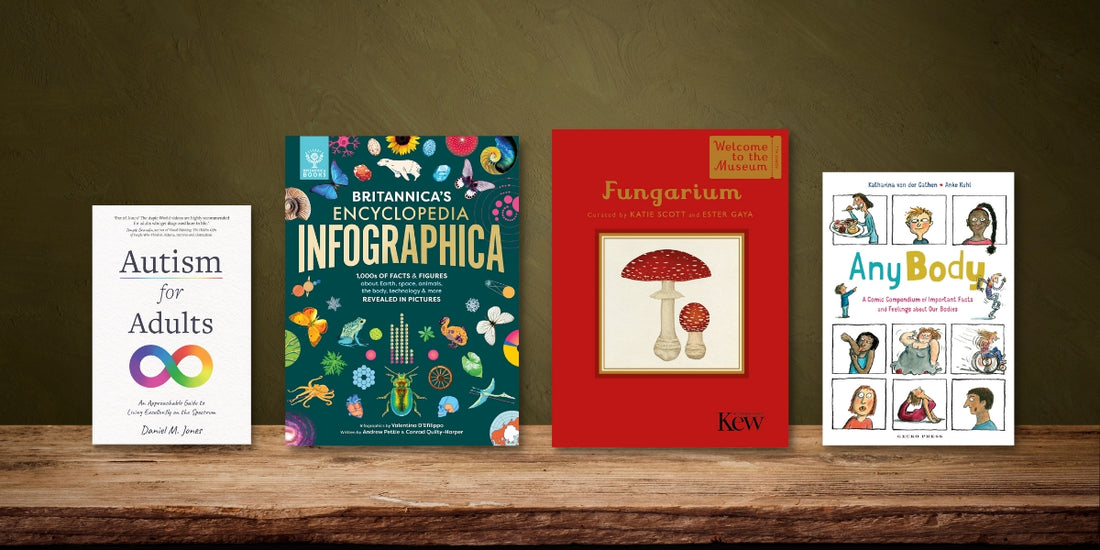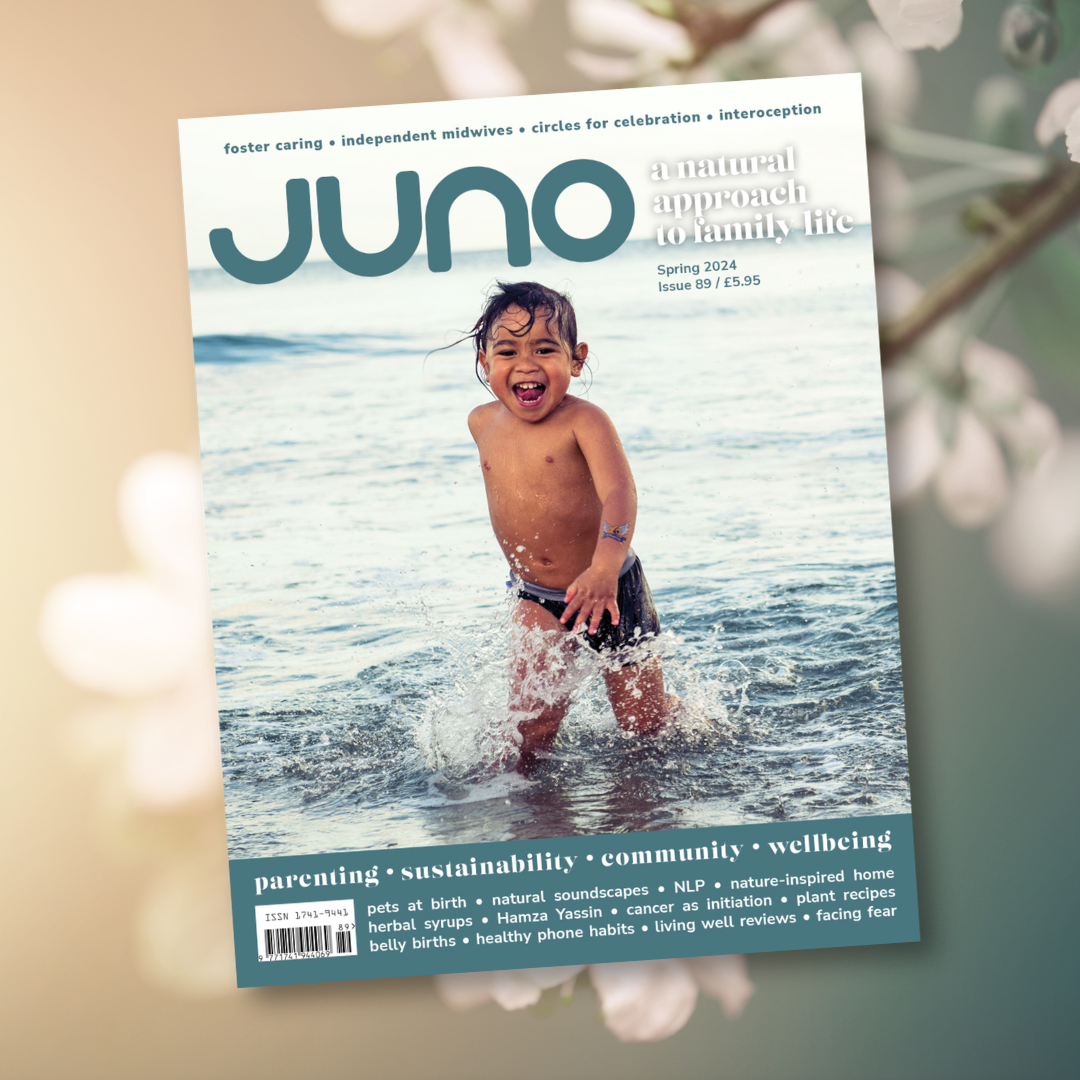 Autism For Adults: An Approachable Guide to Living Excellently on the Spectrum
Autism For Adults: An Approachable Guide to Living Excellently on the Spectrum
By Daniel M. Jones, Hay House
This easy-to-digest book on what it’s like to be autistic is the ideal starting point for anyone who has been recently diagnosed or suspects they are autistic. It is also a wonderful introduction to life as an autistic person for anyone who wishes to understand autism better, particularly parents or family members of autistic people. With clear chapters that end in a list of summarised takeaway points, and wellspaced formatting, this book is a pleasure to read as an autistic person, where big blocks of writing can be distracting.
Jones draws on his own experiences throughout the book, which makes it incredibly relatable, sometimes with a chuckle and smile, but occasionally with a nod of solidarity regarding the struggles autistic people face. He gives a good insight into the potential difficulties of growing up undiagnosed (which could be useful for parents wondering if seeking a diagnosis is worth it or ‘just a label’), but he also discusses how some of these experiences can be used to your advantage.
Autism for Adults covers a wide range of topics, from making friends and dating, education and employment, tips on how to support yourself, and how to seek accommodations when you need to. The subjects covered make this an ideal book for teens and younger adults. Teens could especially benefit from the chapters on education and dating. The latter discusses potentially troubling questions such as “do autistic people have sex”, but these are dealt with in an empathic and considered manner.
Overall, this is a great book if you are looking to gain better insight into what living as an autistic person is like, whether you are autistic, you know someone who is, or you just want to learn more. LC
 Britannica’s Encyclopedia Infographica: 1,000s of Facts and Figures – About Earth, Space, Animals, the Body, Technology and More – Revealed in Pictures
Britannica’s Encyclopedia Infographica: 1,000s of Facts and Figures – About Earth, Space, Animals, the Body, Technology and More – Revealed in Pictures
By Valentina D’Efilippo, Andrew Pettie and Conrad Quilty-Harper, Britannica Books
This encyclopedia is unlike any other children’s encyclopedia I’ve seen before. Compiled of highly digestible, large-scale, colour infographics, it has been created specifically with visual learners in mind. Fascinating facts and figures are effectively communicated without the need for reams of text. At a glance, you can see the number of planes in the sky at any one time across the world, how global wealth is divided up, the relative size of animal brains, how the lungs work, animal migration routes, different leaf formations, the structure of Earth. It is endlessly fascinating and exciting, and not at all intimidating. A brilliant family resource. AE
 Fungarium
Fungarium
Curated by Katie Scott (illustrator) and Ester Gaya, Big Picture Press
I am only just waking up to how interesting, diverse and important fungi are, and this pocket-sized book is fascinating on the subject. As we’re told in the preface, fungi are “more closely related to animals than plants”, yet for centuries were regarded as part of the plant kingdom, and there is still so much to discover about them: “we know barely 5 per cent of the 2.2–3.8 million fungal species on Earth”. Fungarium is a tour around what has been discovered and is divided into sections: fungal biology, fungal diversity, fungal interactions, and fungi and humans. We learn about different species, different ecosystems in which fungi thrive, and how humans have understood mycology through the ages.
I was intrigued to read about mycorrhizas, which “colonise the roots of plants and provide them with water and nutrients from the soil that they can’t access themselves”. It is mychorrhizal fungi that are responsible for the ‘wood wide web’ – the complex communication networks that exist below ground connecting plants to one another.
Also interesting was the impact of fungi on medicine. Penicillin is widely known about, but I hadn’t realised fungi are a source of immunosuppressants, and made organ transplantation possible by preventing the body from rejecting the transplanted organ.
Fungi have a cultural importance too, and their association with magic and danger has a prominent place in European folklore. It was interesting then to discover that, “Despite their reputation, only about 120 species out of 22,000 mushroom producing species are poisonous and of real concern; a mere 0.5 per cent.”
I love the vintage quality of the Welcome to the Museum series, and the illustrations by Katie Scott are beautiful for their detail and accuracy. Although designed for children aged 11 and up, this is a wonderful book for anyone who’d like to know more about fungi. AE
 Any Body: A Comic Compendium of Important Facts and Feelings About Our Bodies
Any Body: A Comic Compendium of Important Facts and Feelings About Our Bodies
By Katharina von der Gathen, illustrated by Anke Kuhl, Gecko Press
This is a brilliant – and hilarious – book for young people about bodies. It discusses our physical bodies, illness, body confidence, changing bodies, the choices we make with our bodies, and how we relate to others. These sometimes complicated subjects are handled with a lightness of touch so as to normalise things that can feel difficult and confusing when growing up. All the ‘embarrassing questions’ you might have about bodies and feelings are answered with openness and without judgement. The book feels inclusive and representative of diversity, particularly in the way it talks about gender, sexuality and disability. The author is very clear to remind readers that their body is their business, and there is really positive messaging around the idea that everyone has the right to feel happy in their own skin. Katharina von der Gathen has years of experience working with children as a sex educator and the book is very easy to read. Families might find Any Body useful to introduce topics they would like to talk about further. The illustrations and cartoons are wonderful and add an enormous amount to the fun of the book, encouraging us to enjoy the inherent humour in bodies. AE
____
Reviews by Larissa Cooper and Alice Ellerby.
First published in Issue 86 of JUNO. Accurate at the time this issue went to print.



